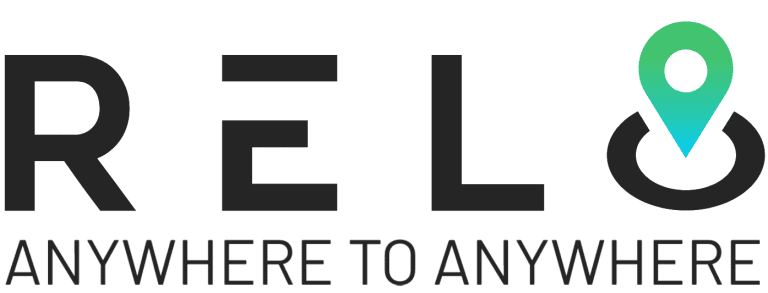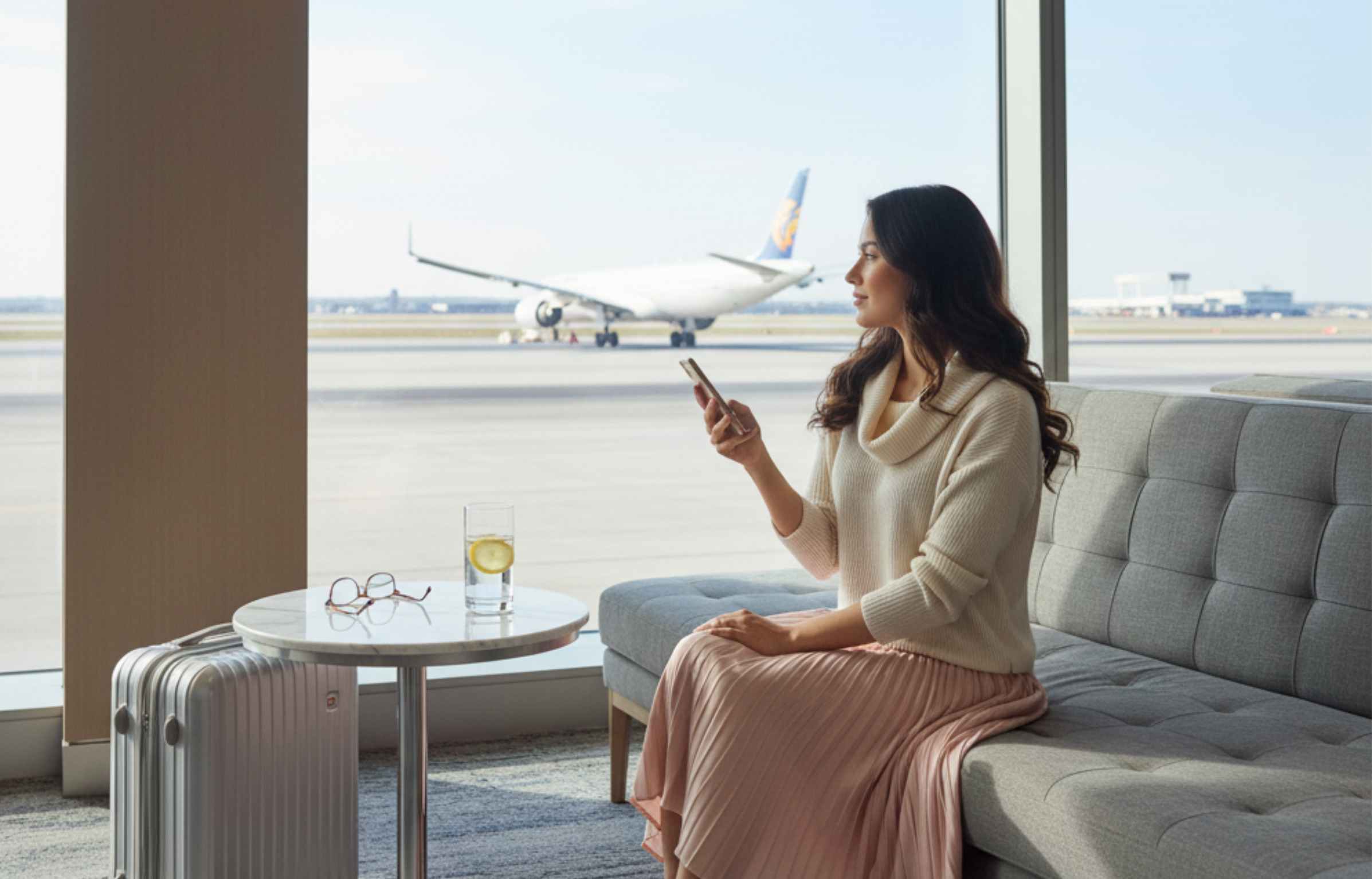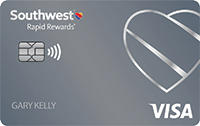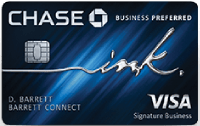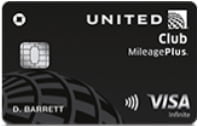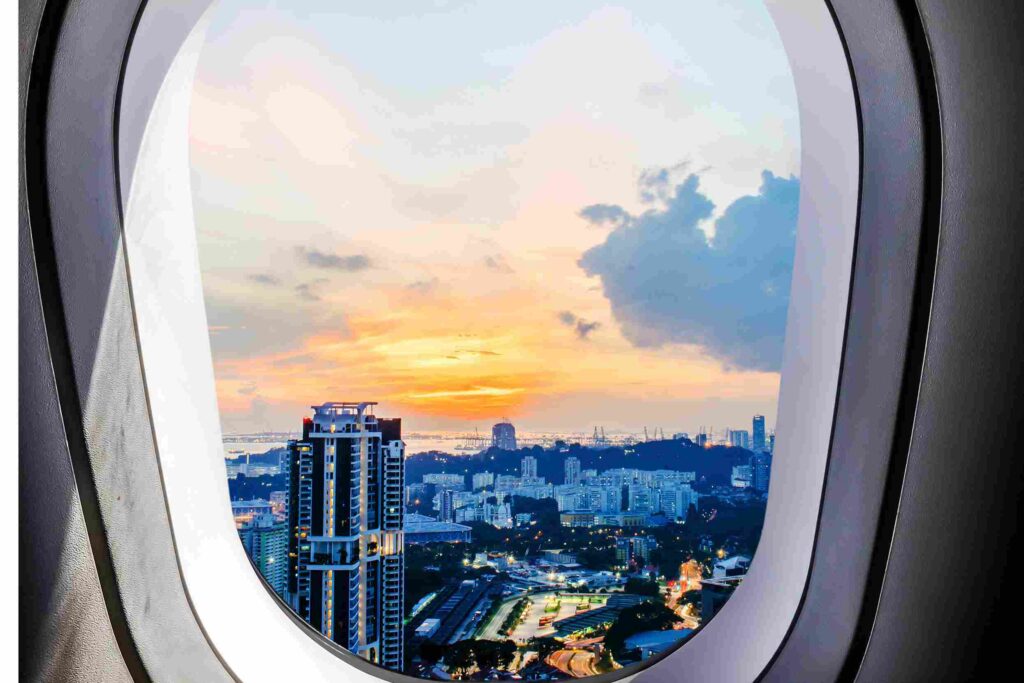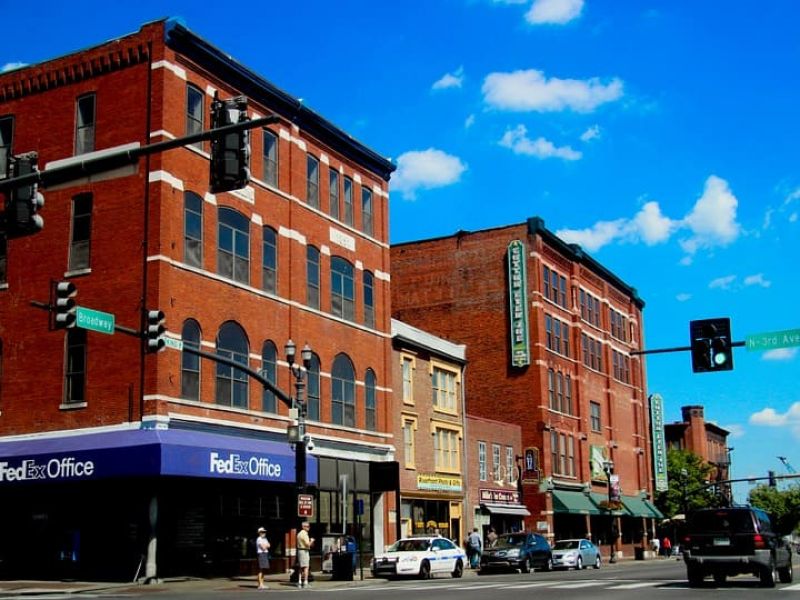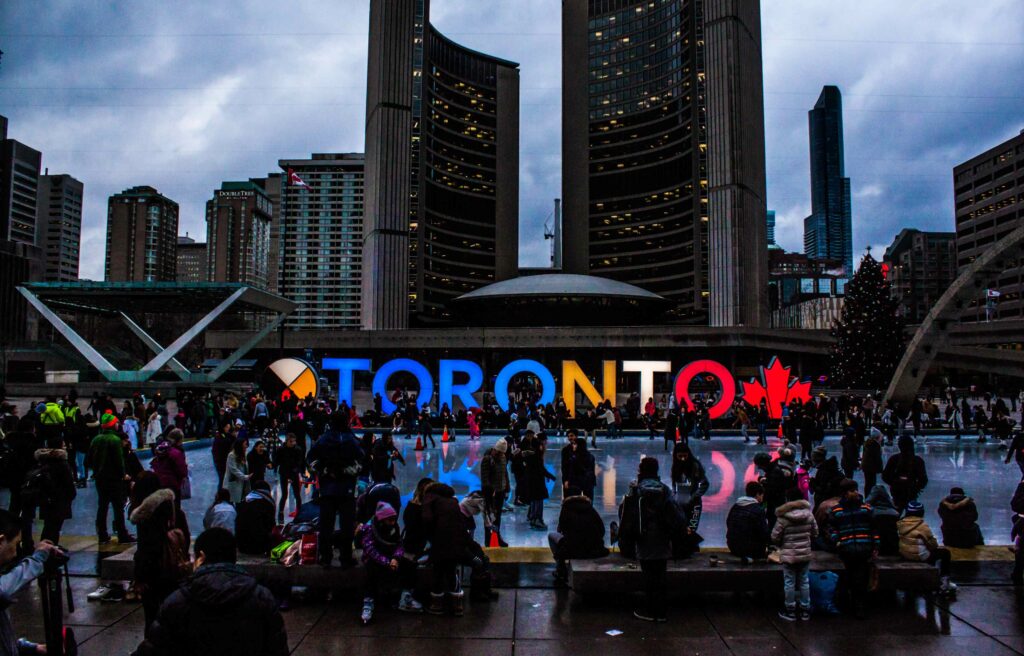Airport lounges used to define travel luxury. Yet for many modern flyers, that luxury stops at the door when their card does not qualify for lounge access. What used to feel automatic has become conditional. In 2025, global travel has rebounded sharply, and banks are rethinking what “complimentary access” really means.
Lounge operators report record congestion, while networks like Visa and Mastercard now link access to spending behavior and card activity. Knowing the reasons behind denial has never been more critical for frequent travelers.
Below are seven hidden causes, each rooted in the changing economics of modern travel rewards.
1. The Fine Print That Redefines “Complimentary”
For years, marketing promised free lounge access without explaining the conditions behind it. However, most programs now treat access as conditional rather than guaranteed. In many cases, a card may include two complimentary visits per year, but only after specific spending or usage milestones are met.
According to Visa’s 2024 lounge benefit guide, access remains valid only “upon minimum quarterly spending as defined by the issuer.” Similarly, Mastercard LoungeKey requires transaction verification within the past 30 days at participating banks.
Moreover, a recent survey revealed that 46% of travelers who experienced a credit card denied lounge access situation misunderstood the eligibility terms. The fine print in cardholder terms quietly defines visit limits, airports, and guest rules.
Reading the terms beforehand can help you avoid disappointment during check-in.
Related – 10 Best Credit Cards Offering Priority Pass Lounge Access You Need
2. Your Card Tier Does Not Match the Lounge Network
A Visa logo alone does not ensure entry, and understanding this distinction is essential. Lounge access depends on your card category, such as Infinite, Signature, or Classic, and the partnerships your bank holds with the network. Premium tiers like Visa Infinite and Mastercard World Elite generally qualify, while others may not.
Additionally, many cardholders assume their premium card works everywhere, only to discover it grants entry to a restricted list of lounges. This confusion often arises because of layered contracts.
For instance, an airline may collaborate with DreamFolks for domestic lounges and Priority Pass (read our complete review here) for international ones, while your card may cover only one of these networks.
In addition, Mastercard’s 2025 network summary explains that “entry privileges differ by regional licensing, and some issuers may opt out of third-party lounge programs altogether.”
Therefore, if the message says your card does not qualify for lounge access at the terminal, a tier mismatch is most likely the reason.
3. Inactive Spending or Missed Usage Cycles
Lounge access today rewards activity rather than simple ownership, making consistent use of your card more important than ever. Many issuers now track “spend cycles,” which are rolling 30 or 90-day periods where minimum purchases must be recorded. When cards remain inactive during this window, eligibility is suspended until the account becomes active again.
A global “spend validation” system now ensures that only accounts with recent transactions qualify for automated lounge verification.
For example, spending at least $500 within the previous 60 days can help maintain active privileges.
Furthermore, data indicate that nearly one-third of travelers denied entry had inactive cards during the past 90 days.
Consequently, consistent card usage, no matter how small, can stop issues where your card does not qualify for lounge access at the terminal.
4. Visit Limits That Quietly Reset
Typically, premium cards grant two to six free lounge entries per year before converting to paid access. Many cardholders only discover this after a denial message appears at the kiosk stating, “Card Does Not Qualify for Lounge Access.”
Unlike frequent flyer miles that typically reset on January 1, lounge quotas often align with your card’s individual billing cycle. Consequently, when your card renews in April, your visit quota resets at that time rather than with the new year. Without regular monitoring, it is easy to run out of free entries unexpectedly.
Moreover, Priority Pass reported in 2024 that repeat travelers increased their visit frequency by 39%, prompting several banks to tighten annual caps. Consequently, checking your issuer’s app for “remaining lounge visits” before each journey has become an essential step for any frequent traveler.
Also read – Which Credit Cards Have Priority Pass Restaurant Access?
5. Domestic vs International Lounge Confusion
One of the most common yet overlooked reasons for rejection involves location differences. Lounge access agreements often vary between domestic and international terminals, even within the same airport. For example, a traveler flying from Los Angeles to Miami (read the complete city guide here) may discover that their access is limited to international terminals only.
Certain domestic lounges operate under separate management structures, which means that international card coverage might not automatically apply. As a result, this difference accounts for thousands of “card rejected at airport lounge” complaints each year.
Furthermore, international networks such as Priority Pass vs LoungeKey typically offer broader coverage than airline-owned domestic lounges.
Verify coverage ahead, or your card does not qualify for lounge access.
6. Overcrowding and Capacity-Based Restrictions
Even when eligible, you may still wait, as overcrowding now affects even top-tier travelers. To manage these growing crowds, many lounges have therefore introduced dynamic entry rules.
A 2025 industry study by Airport Dimensions found that 66% of frequent travellers felt that airports had become significantly more crowded over the past two years.
During full capacity, entry priority first goes to elite airline members and then to business-class passengers, leaving many cardholders waiting on standby. This practice, known as “capacity-based exclusion,” can even affect premium-tier customers.
Furthermore, airports such as JFK and Atlanta have implemented digital waitlisting systems through partner apps; however, these still tend to prioritize frequent flyer tiers.
Consequently, the exclusivity once marketed as universal comfort now depends heavily on timing, demand, and traveler status. This is why many travelers find their card does not qualify for lounge access even when all other conditions seem met.
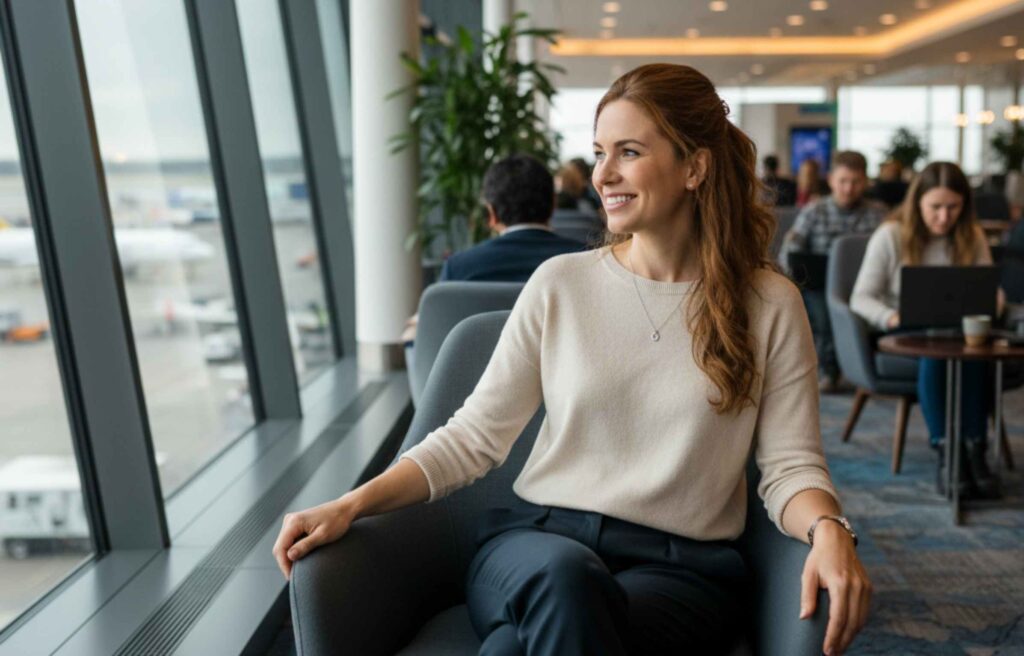
7. Expired or Unlinked Membership Programs
The most frustrating denials often stem from expired or unlinked lounge memberships. Many cards partner with third-party programs such as Priority Pass or DreamFolks that require yearly renewal.
If your card renews automatically but your lounge membership doesn’t sync, the terminal will read “inactive member.” This scenario explains a significant share of “card does not qualify for lounge access” reports on travel forums.
DreamFolks’ 2025 membership FAQ confirms that “access credentials must be revalidated annually by the issuing bank.” If you recently got a replacement card, its ID may not link correctly. Hence, verifying it before leaving for the airport avoids any frustration.
Real World Scenario Denied at the Gate
Consider Emma, a management consultant flying from Chicago to London. She approached the lounge with confidence, holding her premium travel card, which she had used many times before. However, when the attendant scanned it, the screen showed “Access not available.”
Her card had lost its membership link with Priority Pass even though her bank account remained active. As a result, Emma purchased a day pass for $42 to enter the lounge. The short delay turned into a costly reminder that benefits once automatic now need regular attention.
Emma’s experience shows a broader reality. As global travel grows again, credit card lounge eligibility now functions as a dynamic agreement that requires awareness and upkeep.
Recommended read – Digital Priority Pass Has Travelers in High Spirits at Airports
Lounge Access Networks vs Eligibility Criteria
Lounge programs differ in how they define access, and misunderstanding these rules is a common reason why a card does not qualify for lounge access. Therefore, knowing which network your card supports is essential. Some offer global entry across many airports, while others limit access to select partners.
Each network has its own rules for spending, partnerships, and visit limits. As a result, checking these details early helps prevent confusion and last-minute denials.
You can see below a comparison of the main lounge networks and their eligibility criteria –
| Lounge Network / Program | Card Network Partnership | Spend Requirement (Typical) | Annual Visit Cap | Coverage (Countries) |
| Visa Lounge Access Program | Visa Infinite / Signature | $1,500 per quarter | 4–6 visits | 200+ countries |
| Mastercard LoungeKey | World / World Elite | No spend for World Elite | Unlimited (premium only) | 120+ countries |
| Priority Pass | Co-branded or stand-alone | None | 10–12 visits | 146+ countries |
| DreamFolks Access | Linked via issuer | An active card transaction is required | 2–6 visits | 130+ countries |
| American Express Global Lounges | Amex Platinum / Centurion | Annual fee includes access | Unlimited (cardholder only) | 140+ countries |
This comparison highlights that even similar-looking programs differ sharply by spend rule, card type, and visit quota.
Why Lounge Access Became Conditional
Travel cards are now easier to obtain, and therefore airport lounges have turned from exclusive retreats into crowded shared spaces. Lounge growth, however, has not matched the surge in premium cardholders.
SkyView research data shows a 28% rise in premium travel cards during 2024, but lounges expanded by only 4%. Therefore, capacity issues and higher restrictions soon followed, leading to more cases where a card does not qualify for lounge access even among premium users.
Issuers now treat lounge privileges as behavioral rewards. Regular spending shows loyalty, while inactivity limits benefits. Consequently, access has become a dynamic privilege that depends on both engagement and financial consistency.
Practical Steps to Avoid Lounge Denial
Being prepared now defines true premium travel. Therefore, knowing how to keep your lounge access active is essential. Simple steps before your flight can prevent frustration at the gate.
Each card network has its own rules for spending, renewal, and verification. As a result, staying informed helps you maintain eligibility and avoid situations where your card does not qualify for lounge access at the airport.
Here’s how to ensure your card continues to unlock comfort when you travel –
- Check real-time eligibility on your issuer’s mobile app or Visa/Mastercard lounge portal before reaching the airport.
- Maintain minimal spending activity, even small monthly transactions keep your card active in verification systems.
- Track your remaining visits and note whether the quota resets annually or by billing cycle.
- Renew linked programs like Priority Pass or DreamFolks every 12 months.
- Verify terminal and lounge coverage, especially for domestic flights.
- Travel off-peak to reduce the impact of capacity-based exclusions.
- Upgrade to higher tiers (Visa Infinite or Mastercard World Elite) if you fly frequently.
Proactive management turns potential rejections into uninterrupted journeys.
Travel Smarter, Relocate Easier with Relo.AI
Relo.AI guide you step by step on how to get lounge access through the right credit cards, networks, and travel programs.
If your travels spark a deeper connection with a city you love and you begin to see life there, we can make that transition effortless.
Also, we manage every detail, including housing, paperwork, and local setup.
Schedule a quick call, and we will handle everything so you can settle without stress.
Frequently Asked Questions (FAQ)
1. Why was your credit card denied lounge access?
Most denials occur because of expired memberships, insufficient spending, or card-tier mismatches with the lounge network.
2. Can you still enter if my card was rejected?
Yes. Most lounges allow paid entry ranging between $25 and $45 per person, depending on capacity.
3. Why does my card work internationally but not domestically?
Contracts differ between domestic and global lounge operators. Always check domestic vs international lounge access coverage before departure.
4. How can you maintain lounge eligibility year-round?
Keep your card active through monthly transactions, renew your lounge memberships annually, and monitor usage in your issuer’s app.
Final Note!
Each denied entry reminds travelers that their card does not qualify for lounge access because financial networks now link rewards to real engagement. Lounge privileges have evolved from a universal perk into a measured benefit tied to engagement, spending, and periodic validation. Knowing these changes can turn disappointment into control. Checking your card terms, tracking limits, and staying active help secure the comfort you expect. Preparation matters as much as privilege.
Before heading to the airport, verify your eligibility through the Visa Lounge Access Program or the DreamFolks portal.
Lounge access functions much like any other financial benefit. It must be earned, managed, and renewed with awareness and intent.

